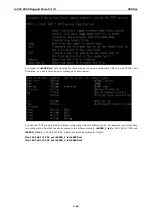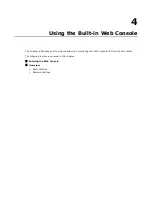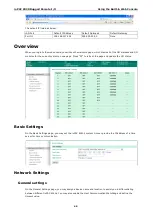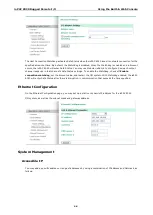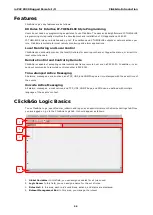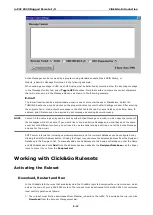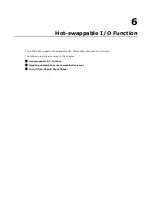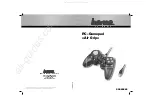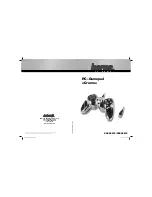
ioPAC 8020 Rugged Remote I/O
Click&Go Introduction
5-4
Working with Rules
Rules are the building blocks of your ioPAC 8020 system. With rules, you define the exact trigger conditions for
transmission of I/O information as well as the content and destination of that information. Output channel
operation can also be automated based on input channel trigger conditions.
In the main screen, you will see the list of rules in the current ruleset. Double click on a rule to open that rule’s
configuration window, or double click on an empty rule to start a new rule.
Under Relation between conditions, select AND to specify that all conditions must be satisfied for the actions to
take place; select OR to specify that any one of the conditions can be satisfied for the actions to take place.
The configuration window is where the rule is defined. Basic If-Then-Else logic is used to set up event-based
triggers.
The Equivalent Logic Statement at the bottom shows a real-time text-based summary of the rule that you are
defining. It can be a useful way to make sure that the rule is designed as you intended.
ATTENTION
The Alias name of I/O channel is defined on the I/O configuration tab. When an I/O channel is being used in
a Click&Go Logic rule, the channel’s range, units, and alias name can not be modified.
It is strongly recommended to configure these parameters for the used I/O channel before performing any
further configuration or programming.
Developing Your Logic Rules
Each rule consists of three columns. The “IF” column defines I/O conditions, the “THEN” and “Else” column
defines actions. When the ioPAC 8020 detects that the IF conditions have been satisfied, the THEN or Else
actions will be performed.
After searching and setting up the IP address of an ioPAC 8020, Click&Go logic can be developed by following
the procedures below:




